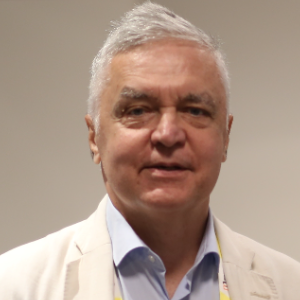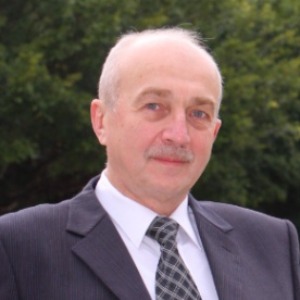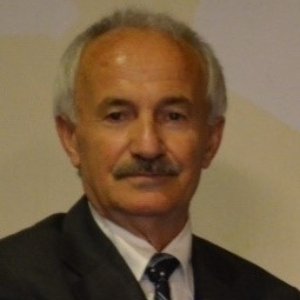Oxidation catalysis is a cornerstone of modern chemical synthesis and environmental protection, involving the use of catalysts to facilitate oxidation reactions. These catalysts accelerate the conversion of various substrates by providing alternative reaction pathways with lower activation energies. This enables the efficient production of desired products while minimizing energy consumption and waste generation. In organic synthesis, oxidation catalysis finds widespread application in the transformation of functional groups, such as alcohols, aldehydes, and hydrocarbons. Transition metal catalysts, including complexes of palladium, ruthenium, and iridium, are often employed due to their ability to activate oxygen molecules and participate in redox reactions. For example, the oxidation of alcohols to carbonyl compounds is a key step in the synthesis of pharmaceuticals and fine chemicals, and catalysts like TEMPO (2,2,6,6-tetramethylpiperidine-1-oxyl) have been developed to facilitate this transformation under mild conditions.
Moreover, oxidation catalysis plays a critical role in environmental sustainability by mitigating air and water pollution. Catalytic converters in automobiles utilize precious metal catalysts, such as platinum and palladium, to convert toxic exhaust gases into less harmful compounds through oxidation and reduction reactions. These catalysts enable the efficient removal of pollutants like carbon monoxide, nitrogen oxides, and hydrocarbons, contributing to cleaner air and compliance with emission regulations. Furthermore, oxidation catalysis is employed in wastewater treatment to degrade organic contaminants and pollutants. Advanced oxidation processes, including photocatalysis and ozonation, harness catalysts to generate reactive oxygen species, which oxidize organic compounds into simpler, less toxic molecules. These processes are crucial for ensuring the purification of water resources and protecting ecosystems from the harmful effects of pollution.

Stanislaw Dzwigaj
Sorbonne University, France
Dai Yeun Jeong
Asia Climate Change Education Center, Korea, Republic of
Sergey Suchkov
N.D. Zelinskii Institute for Organic Chemistry of the Russian Academy of Sciences, Russian Federation
Enrico Paris
CREA-IT & DIAEE, Italy
Rabeharitsara Andry Tahina
GPCI-ESPA Antananarivo University, Madagascar
Jiri Dedecek
J Heyrovsky Institute of Physical Chemistry , Czech Republic
Uday Som
Research and Development Engineer, Japan
Vladimir G Chigrinov
Hong Kong University of Science and Technology, Russian Federation



Title : Distant binuclear vanadium V(II) cationic sites in zeolites and their reactivity
Jiri Dedecek, J Heyrovsky Institute of Physical Chemistry , Czech Republic
Title : Advanced nanostructures for carbon neutrality and sustainable H₂ energy
Tokeer Ahmad, Jamia Millia Islamia, India
Title : Personalized and Precision Medicine (PPM) as a unique healthcare model via bi-odesign, bio- and chemical engineering, translational applications, and upgraded business modeling to secure the human healthcare and biosafety
Sergey Suchkov, N.D. Zelinskii Institute for Organic Chemistry of the Russian Academy of Sciences, Russian Federation
Title : Antibody-proteases as a generation of unique biomarkers, biocatalysts, potential targets and translational tools towards nanodesign-driven biochemical engineering and precision medical practice
Sergey Suchkov, N.D. Zelinskii Institute for Organic Chemistry of the Russian Academy of Sciences, Russian Federation
Title : Dimethyl ether synthesis from syngas over Cu-Zn/Al2O3 catalysts prepared using the Sol-Gel method
Uday Som, Research and Development Engineer, Japan
Title : Influence of various catalysts on H₂ enhancement and CO2 capture during syngas upgrading
Enrico Paris, CREA-IT & DIAEE, Italy
Title : Photoaligned azodye nanolayers : New nanotechnology for liquid crystal devices
Vladimir G Chigrinov, Hong Kong University of Science and Technology, Russian Federation
Title : Application of vanadium, tantalum and chromium single-site zeolite catalysts in catalysis
Stanislaw Dzwigaj, Sorbonne University, France
Title : Oxidation of methane to methanol over pairs of transition metal ions stabilized in the zeolite matrices
Jiri Dedecek, J Heyrovsky Institute of Physical Chemistry , Czech Republic
Title : The Concept and Implications of Low Carbon Green Growth
Dai Yeun Jeong, Asia Climate Change Education Center, Korea, Republic of